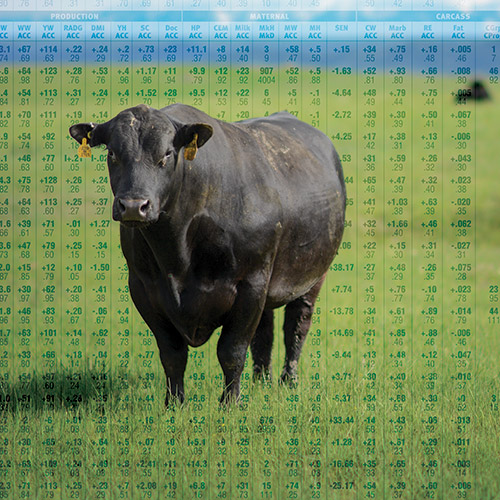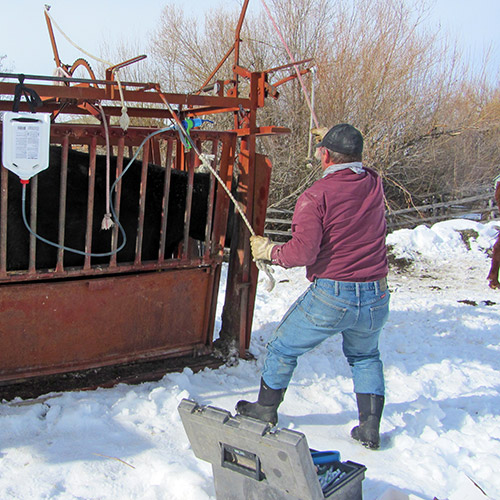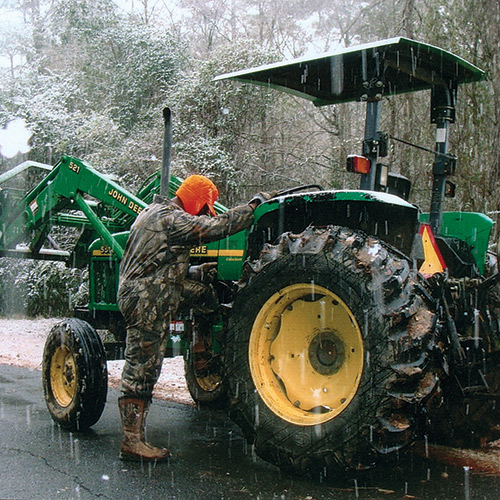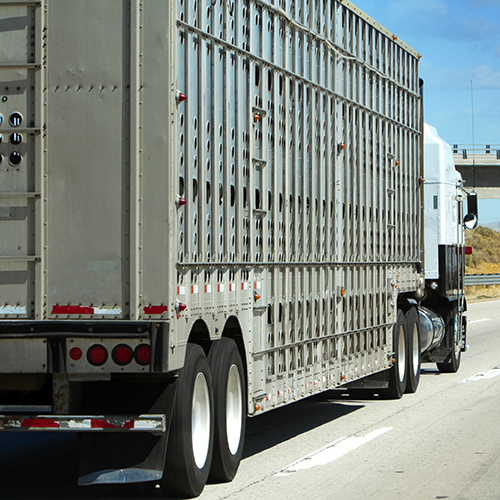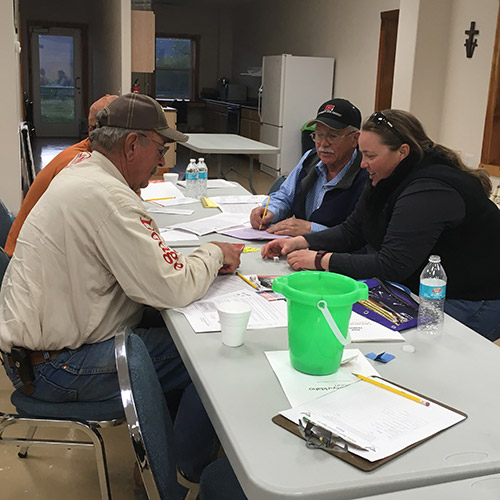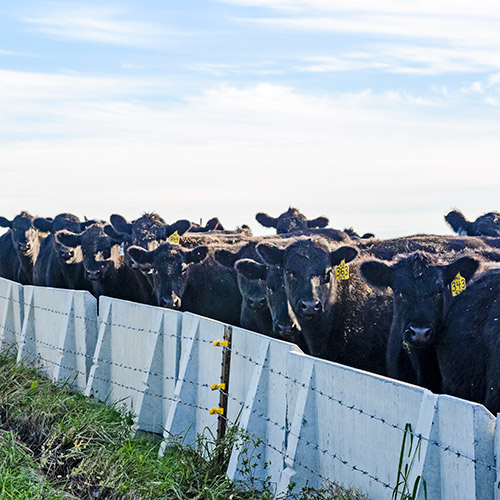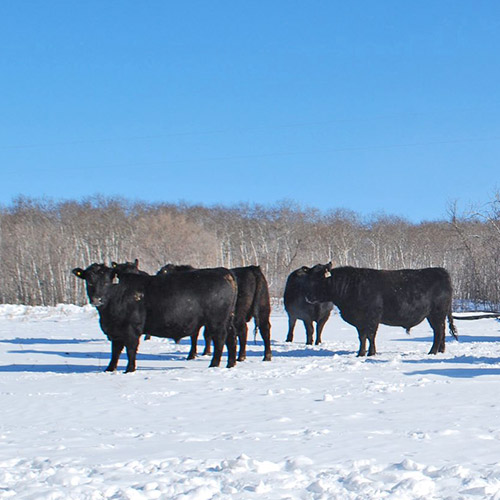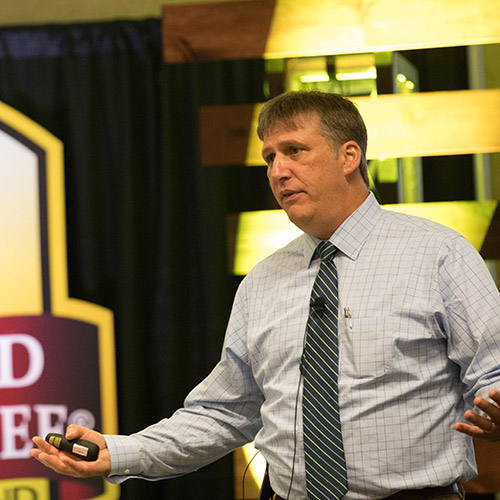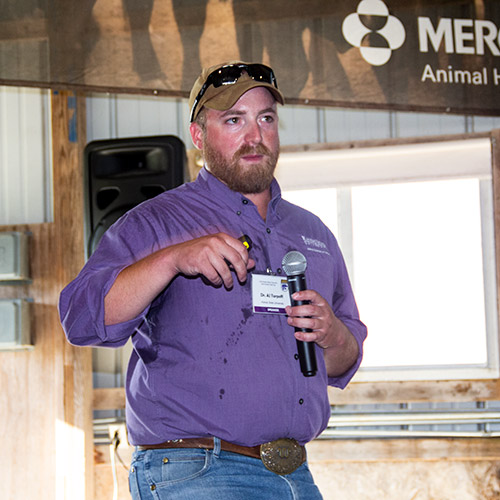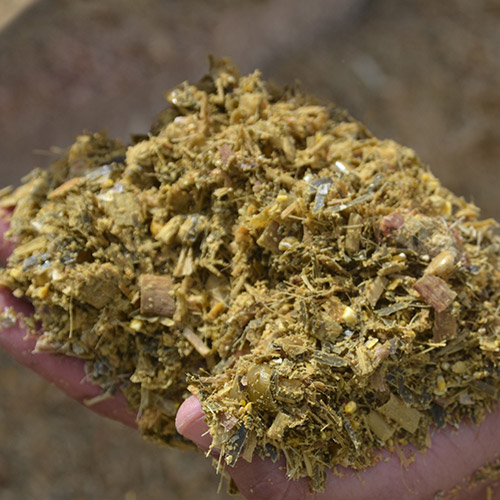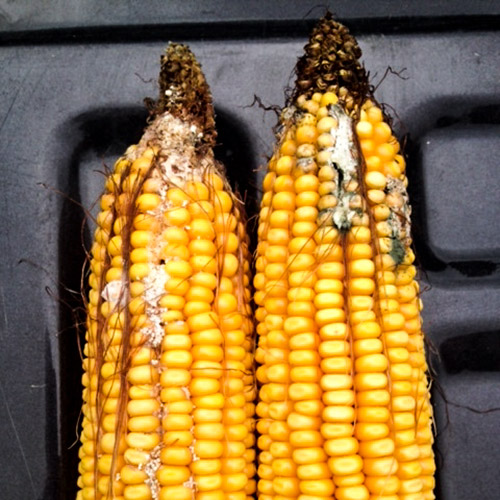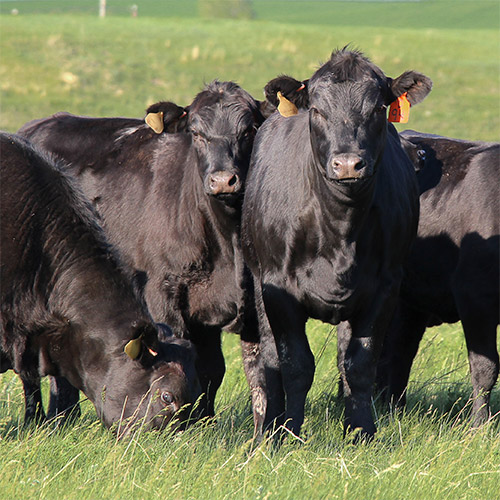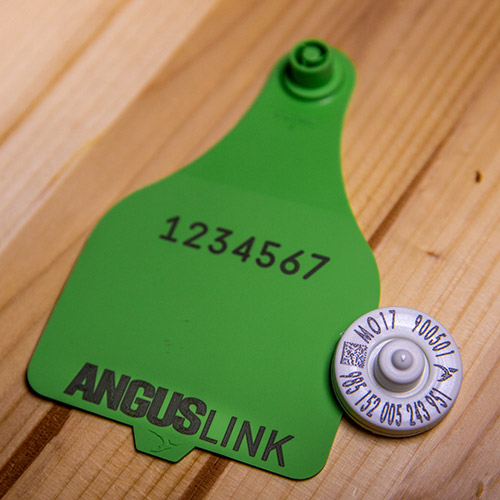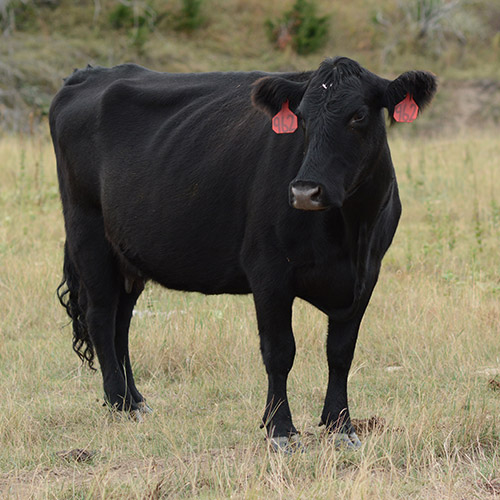In The Cattle Markets
Mexico’s impact on cattle on feed.
Mexico historically has been an important source of feeder cattle for U.S. cattlemen, with feeder-calf imports of approximately 1 million head a year since the mid-1980s. Imports grew from 702,000 head in 2008 to their peak in 2012 at 1.44 million head.
The largest portion of Mexican cattle imports typically enter the United States as feeder calves between 200 and 700 pounds (lb.). Lightweight calves are backgrounded to gain additional weight before entering U.S. feedlots. These Mexican feeder cattle contribute to cattle-on-feed placements at varying amounts throughout the year.
2018 feeder-cattle imports from Mexico through the month of October totaled 898,000 head, a 5% increase compared to the same period in 2017. Feeder-cattle imports during the last five years have been highest in the months of November and December and typically drop off in January. Many of these lightweight calves are turned out in fall on wheat pasture for approximately 120 days before being pulled off and entering feedlots in March and April. Feeder-cattle imports from Mexico reach a second smaller peak in March and April before dropping off to their yearly lows in the months of August and September.
U.S. cattle-on-feed placements through October are at 19.5 million head. Placements are down less than 1% for the same period in 2017. Cattle-on-feed placements have been at their lowest points in June and July during the last five years and have been at their highest in the month of October. This October followed the yearly pattern, with the highest placements of 2018 to date, at 2.2 million head.
We estimate Mexican feeder cattle to account for approximately 5% of monthly cattle-on-feed placements during the last five years. Assuming a constant lag of four months between when the cattle are imported and when they are placed, Mexican feeder cattle make up the largest percentage of feedlot placements in the month of April, when overall placements are low. This lag time between importing and placement can vary depending on grass conditions and the weight at which cattle are placed; however, even with varying lag times, spring still sees the greater percentage of Mexican placements.
In April 2018 the percentage of cattle placed on feed made up by Mexican imports was as high as 11% (assuming a four-month lag), the highest of any month since January 2014. Low cattle-on-feed placements in April 2018 coupled with high feeder-cattle imports in December 2017 contributed to the largest percentage of cattle-on-feed placements in the last five years.
With 2018 imports from Mexico on pace to be 5% more than last year, and the traditionally large imports in November and December still coming, placements of Mexican feeder cattle will continue to contribute additional placements into 2019.
Editor’s note: Jared Geiser is a research assistant and Brenda Boetel is a professor in the Department of Agricultural Economics at the University of Wisconsin-River Falls and a contributor to the Livestock Marketing Information Center (LMIC), which provided this article. Find more at lmic.info.





